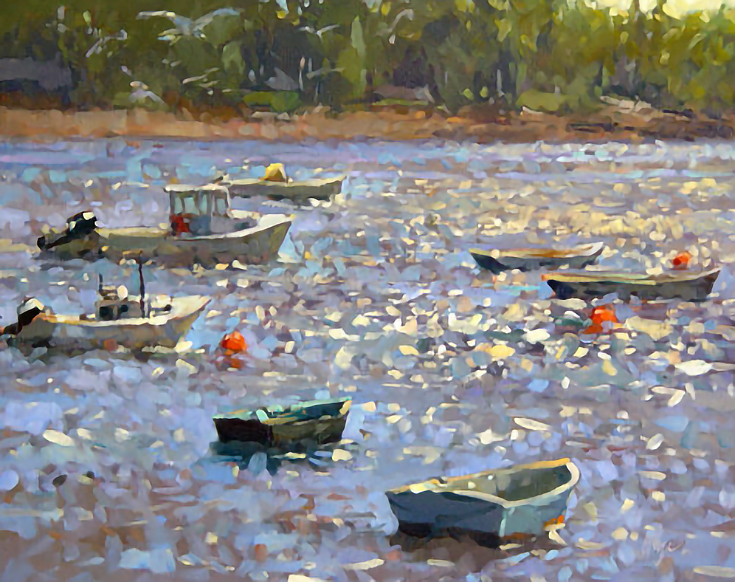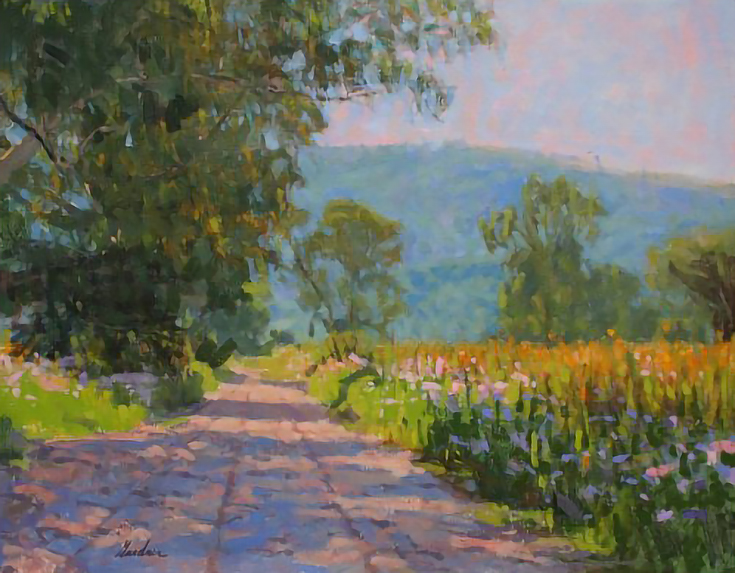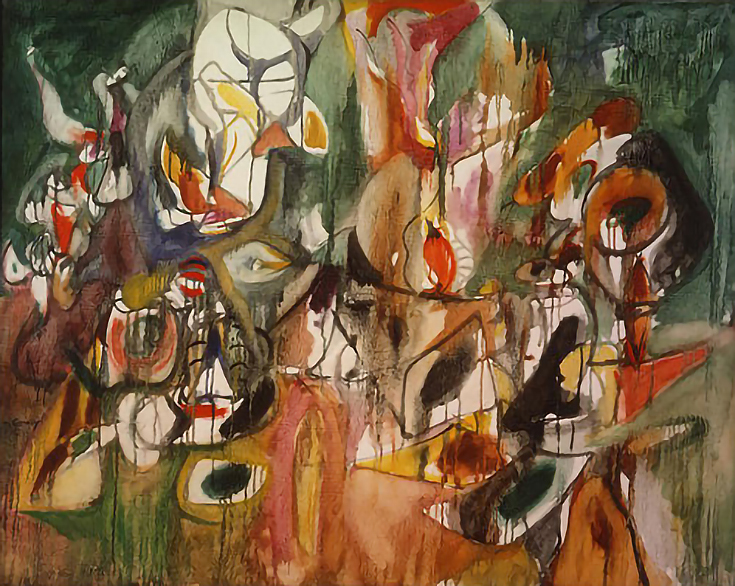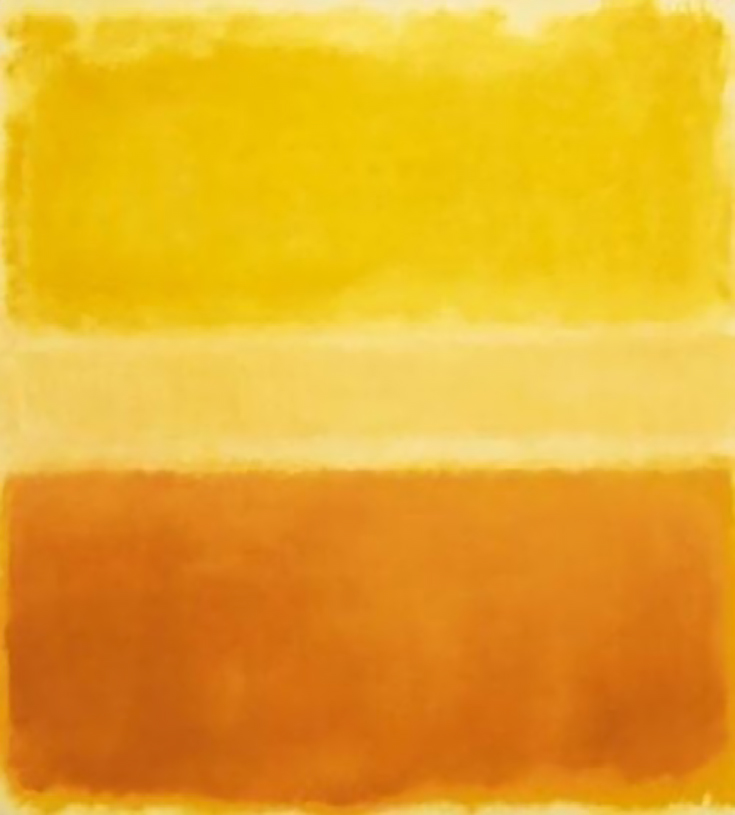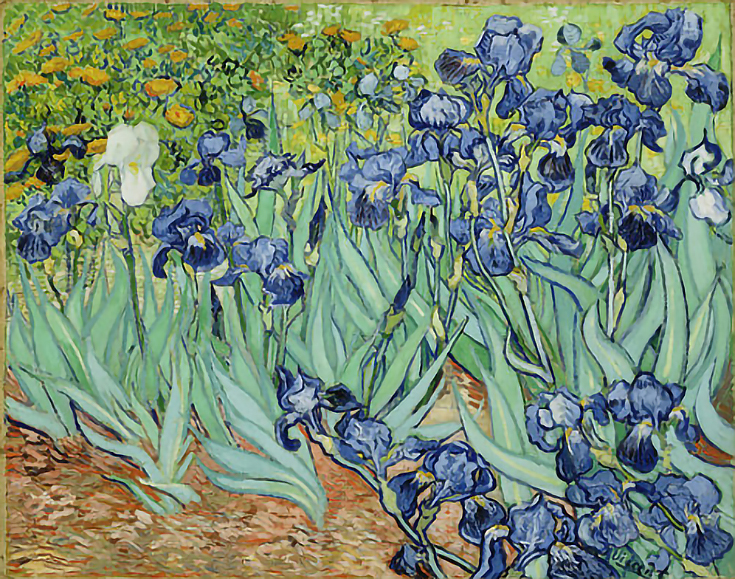Parallels abound in the arts. . . we’ve seen similarities between the visual rhythm of an oil painting and the choreography of dance, and in the way that both artists and musicians compose variations on a theme or use counterpoint to increase interest.
Today, though, I want to look at another parallel—that of art and verbal communication.
Active and passive communication
Linguists will tell you that there are two ways of speaking—either in active or passive voice. Active voice would sound something like this: “I ate the apple.” Passive voice states it differently: “The apple was eaten by me.” In the first sentence, “I” (the subject) is active. In the second sentence “I” is passive and receives the action.
Either way the same action occurs. . . but HOW that action is reported greatly influences our perception of the event.
When we view a painting, it’s our perception of the work either makes us want to linger or walk away. As artists, creating visually “active” or “passive” paintings determine how the viewer will perceive it, and what their response will be.
To help illustrate this concept, look at the two paintings below and notice the way that each artist handles a body of water.
In Colin Page’s painting, Windy Water, he uses short, choppy brush strokes of warmer, lighter colors over very cool colors. The result? We perceive a lot of activity, as he intended. The whole painting is an active expression.
By contrast, Martin Figlinski’s Judson Daniel contains blended strokes of subdued colors, helping us to perceive a more serene story about the water. Figlinski’s painting is a passive expression rather than an active one.
What elements make a painting “active” or “passive”?
The answer is probably what you’d expect: bold textures, vivid colors and strong contrasts describe active areas. Smoother textures, more neutral colors and closer value relationships express passive areas.
In the first two paintings above, each piece was either entirely active or entirely passive, and both were still be readable and pleasing. However, many artists blend the two expressions into a single work.
For example, any particularly quiet and peaceful scene will be inherently passive already. An artist might choose to introduce active areas to the canvas just to tease the eye and increase interest in the more passive areas.
A good example is Asher B. Durand’s Kaaterskill Clove. Notice how passive the sky and mountains are, and how he’s created an active foreground of trees and rocks to pull us toward those passive regions.
Now look at Field of Flowers by Frank Gardner. Again we have fairly passive sky and mountains (they’re a bit more active than Durand’s) but this time they act as a resting place for the rest of the painting.
Gardner knew that his viewers would already be thoroughly engaged and entertained by the alternating warm/cool shapes in the road, bright colored flowers, contrasting shadow areas, and a large, active tree on the left. By subduing the mountains a little, he gives us a place to visually recover.
Some other ways of mixing active and passive expressions are found in Delacroix’s Dante and Virgil and One Year of the Milkweed by Arshile Gorky.
Eugene Delacroix (above) uses a passive, blended background as a foil for an inherently active event. Gorky (below) uses passive negative shapes to counteract his very actively painted shapes.
Many times we will even come recognize artists for their specific level of active or passive voice. Mark Rotho’s abstract expressionist painting Yellow and Gold is almost entirely passive, and somewhat indicative of his work in general.
Not only are Rothko’s brush strokes soft and blended, but his value range is limited and he uses a harmonious color palette throughout the entire painting.
Vincent van Gogh, on the other hand, is known for his active paintings. Irises, the painting below, is clearly painted in a different “voice” from Rothko’s work above.
Developing an awareness of how well you use use active and passive expressions while painting is a good marker of artistic maturity.
If your next painting seems a little boring, try using more active brush strokes and contrasty colors to liven it up. Or, smooth out the texture and lessen the contrast to calm things down even further.
Whichever direction you go in a painting, choose it deliberately. . . and remember that your choice of active or passive expression will always directly influence the perceptions of your viewers.
This post may contain affiliate links.
